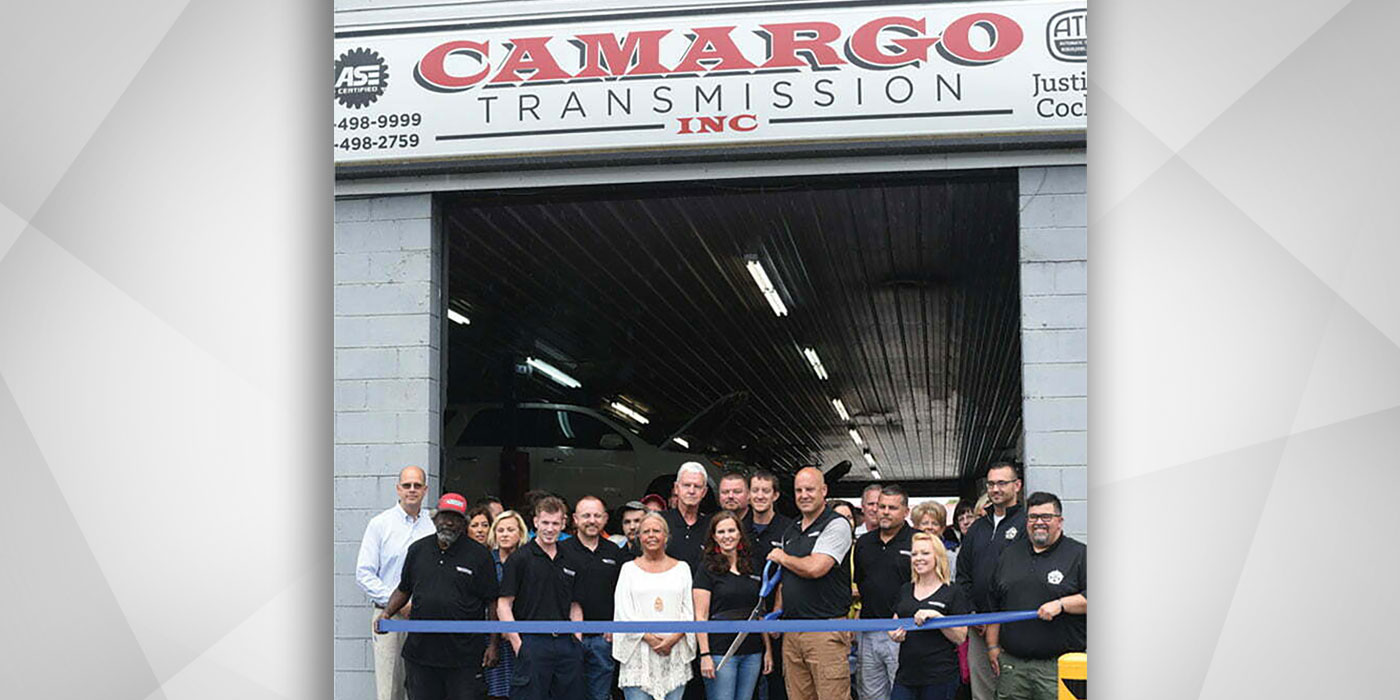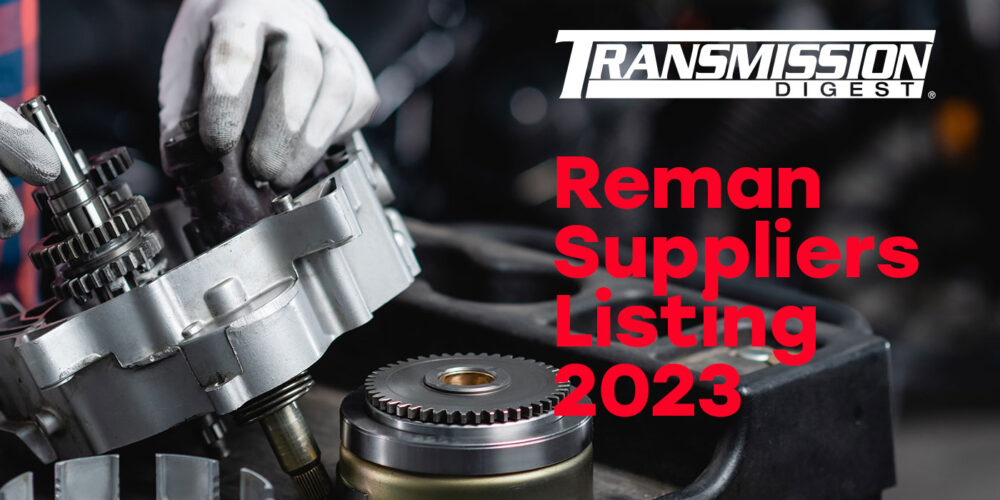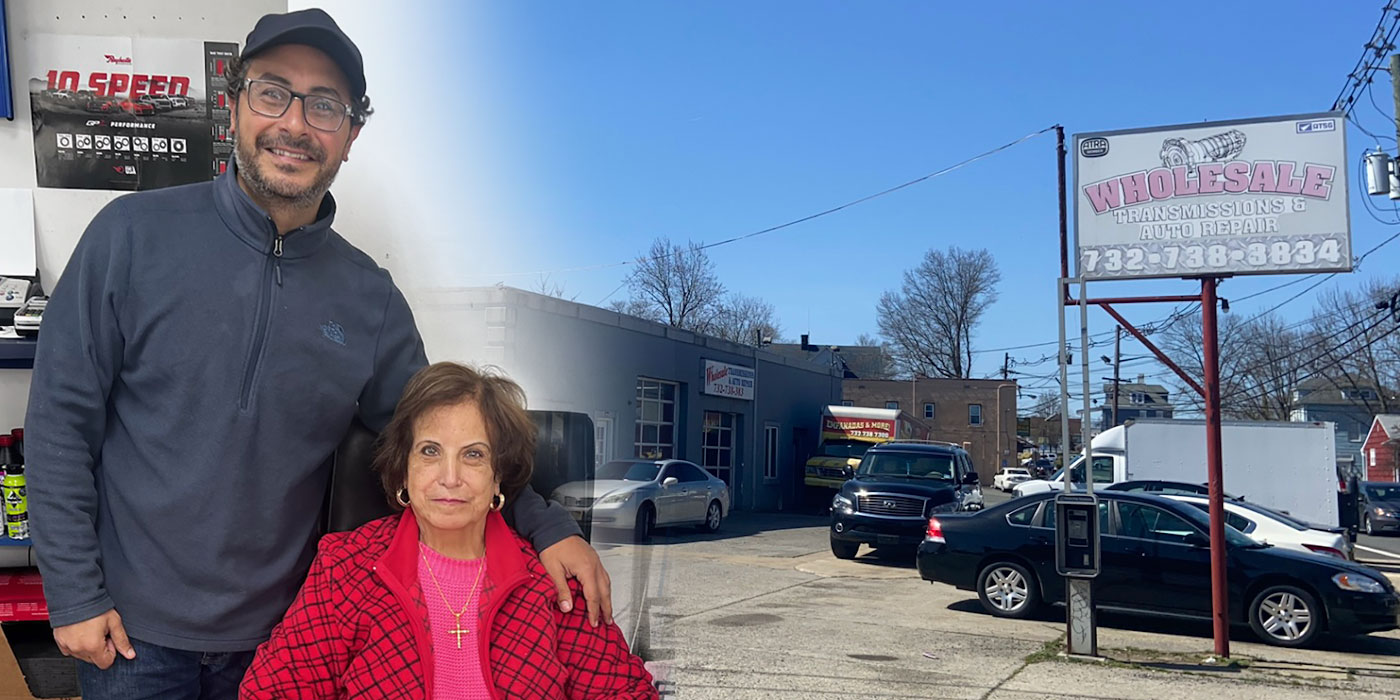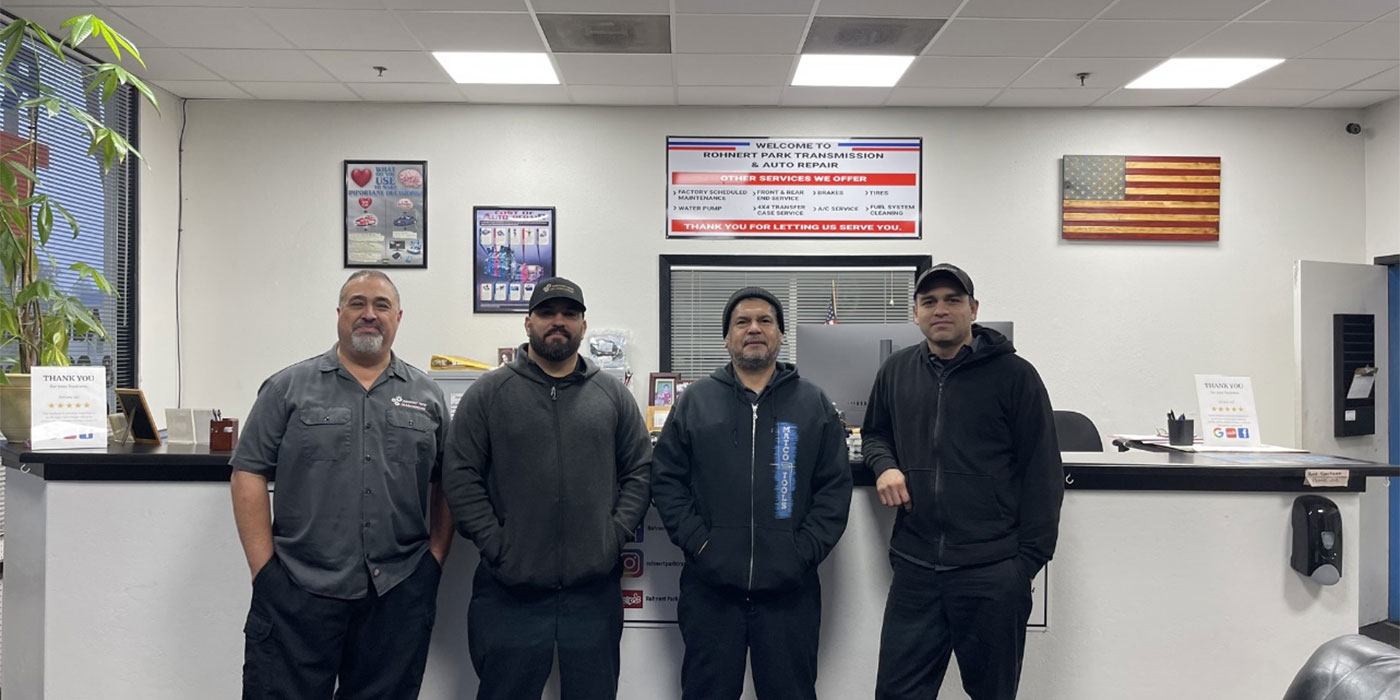
It’s Your Business
- Subject: Developing the skill of being nice to customers
- Essential Reading: Shop Owner, Center Manager
- Author: Terry Greenhut, Transmission Digest Management Editor
In business, we know that consistency is an important factor. Your quality must be there at all times, and promises you make must be kept. There is an extremely important facet of business that many companies and the people who work in them just don’t understand. Maybe it’s just too simple a concept so there isn’t much emphasis placed upon it. Maybe it’s a given; everybody just thinks it’s automatic – but it isn’t. Being nice, believe it or not, is a skill you need to develop and maintain.
Some of the most-successful business people in the world are also some of the most gracious. When you talk with them they make you feel important, that what you have to say matters, that you are their only concern at that moment. Just think how successful you might be if every one of your customers felt that way about you and your company. The key is to have people say, “Wow, what a great experience I had with the person I dealt with at ….”
With all the unskilled, untalented, untrained, ignorant and non-caring people and the sometimes ridiculously programmed machines answering phones these days, how great is it when you get a real live person who is pleasant (maybe even friendly), understandable and helpful? And how bad is it when you get someone you can’t understand or who can’t understand you, or someone who won’t go the slightest bit out of their way to help?
Recently I had a couple of instances that really drove the point home. One was a technical issue with a computer. I called the manufacturer’s hotline to get help. I was trying to salvage the information on the hard-disk drive. The computer kept telling me to run a recovery program, which would have wiped it all out. I knew there was another way, because I had the same problem and was helped with a solution two years ago on another of this manufacturer’s same computers.
Now, back in the good old days – well, they weren’t really that good or that old, but it used to be that when you had this type of issue you got a person on the phone who was operating from somewhere in heartland America who could understand exactly what you were saying and tell you what needed to be done without your having to say “Huh?” after each instruction you were given. That technician would stay on the phone with you for hours, if necessary, until you got it. If it turned out to be a bad part and it was under warranty, he would overnight you a new part and tell you to call back for installation help as soon as it arrived, then he would again work you through the entire process.
Now it is far more likely that you will get someone whom you may not understand and who reads from scripted responses. If none of them solves the problem, she won’t have a clue how to help you other than to make you ship the computer to their tech department or pay for a very expensive service call, which might take place tomorrow or next week and that you might not have needed in the first place.
I’ve adopted a new technique for dealing with large companies that don’t care enough about their customers to use well-trained, understandable and friendly customer-service reps. You may want to try this. Whenever I call and get a voice that I can’t understand or one that doesn’t sound as if it cares, I simply hang up and call again. There are usually enough customer-service operators that I eventually will get one that I can understand or who can help. If I don’t get one after a few tries I just ask for the supervisor, but that’s a crap shoot, too, as to whether I’ll get someone who is any better. After all, as my grandmother used to say, “The fish stinks from the head back.” If the supervisor couldn’t train his crew, why should he be any better at the job than they are?
To show the other side of the coin, I also called the airline I was flying out on the next week to see about getting a seat change to an aisle in an exit row, something they normally won’t issue until 24 hours before the flight. The young lady who answered was very nice, courteous and spoke perfect English – or American, if you want to call it that – even though I could detect a slight accent. She was friendly and sounded as if she really enjoyed helping people.
When I told her how tall I was and why I needed that seat, she was very accommodating and tried hard to get it for me, but her computer wouldn’t let her do it because I didn’t have enough mileage status on that airline. She didn’t wait for me to ask for a supervisor. She called one to see whether there was any way to help me. The supervisor, another well-trained and very nice person, looked me up in the airline’s computer and found that I almost always have an exit-row seat of some sort, indicating to her that I was qualified to sit in one. She then proceeded to override the system and issue me the seat I asked for. I was impressed. To me that was great customer service, the kind that makes me want to fly that airline again.
The airline recognized that a customer-service representative needs to be easily understood and at the same time needs to understand the importance of the problem to the customer, and that a friendly employee is going to gain the trust and gratitude of the customer even if the request cannot be granted, as long as the customer can see that she is trying every possible way to help.
It’s kind of funny that in a day and age when the first thing you hear when you call most companies is a recording that says, “This call might be monitored for quality-assurance purposes,” the quality of most of the service you receive is so poor. Who is monitoring these calls, anyway, and why?
When you talk with customers be friendly, and speak clearly and slowly enough that they hear what you are saying. Act as though this call is the most-important one you’ve ever had. Try applying active-listening techniques. If you are face to face, lean forward; keep your eyes wide open (be sure to remove your sunglasses); look straight into the other person’s eyes; nod your head and/or verbally agree whenever the time is right; smile; and ask lots of questions. All these techniques show that you are interested and have respect for what the other person has to say.
Since first impressions are so important, be sure to answer the phone in full smile mode. Be happy that someone chose to call you. That’s what you pay all that advertising money for.
Do everything you can to help. Accommodate customers’ small requests and they will seek you out when they need the big job. My ex-partner told me a story of how he sent a driver to pick up a $2 part 150 miles round trip to help out a brand-new customer who, at the time, he didn’t know whether he would ever get work from. A week later he got a $10,000 engine job. Coincidence? I think not.
Being nice can mean taking extra time with customers to listen to not only their vehicle problems but also their personal ones. Everybody loves a good listener. Just be careful about dispensing advice. Although it’s great to listen and care, you never know what piece of advice can turn someone against you.
Honor your warranties happily. Don’t act as if you are upset about a comeback. Comebacks are just a part of this business you will never escape. They represent as-yet-unsolved problems, and that’s how they need to be dealt with, as problems. When a comeback occurs, try to use it as a training example, an opportunity not only to learn but also to show a customer why she should bring you more of her business in the future. Tell your employees: “Here’s what we did. This was the result. We don’t want this to happen again, so how can we handle it better in the future?”
One thing we never do in a comeback situation is take our frustration out on the customer. It isn’t the customer’s fault that the car broke again. It may be a parts failure or a mistake your technician made, but it is rarely, if ever, the customer’s fault, so don’t blame the customer. Not only will he think you are trying to wriggle out of your warranty but he also will think that the price and everything else you told him he initially needed was bogus.
Even if you take care of your warranty claims, but do so begrudgingly, your customers won’t want to return. They will seek out shops that happily honor their commitments. The best thing you can do is to treat a warranty claim as if it were a new job coming in the door, one that you are going to be paid to perform. Work it that way right to the end. The only difference is that you won’t ask for the money. You will be nice and friendly and simply ask for more of the customer’s business and referrals.

Visit www.TerryGreenhut.com.













